By placing microscopic materials between two sheets of graphene, researchers have discovered a new technique that protects microscopic materials from the harmful effects of radiation when under the microscope. This technique could soon be the key to enabling the direct study of every single individual atom in a protein chain.
Stronger than steel, but only one atom thick — the latest research using the 2D miracle material graphene could be the key to unlocking the mysteries around the structure and behavior of proteins in the very near future.
Scientists at The University of Manchester and the SuperSTEM facility, which is located at STFC’s Daresbury Laboratory and funded by the Engineering and Physical Sciences Research Council (EPSRC), have discovered that the most fragile, microscopic materials can be protected from the harmful effects of radiation when under the microscope if they are ‘sandwiched’ between two sheets of graphene. The technique could soon be the key to enabling the direct study of every single individual atom in a protein chain, something yet to be achieved, and revolutionize our understanding of cell structure, how the immune system reacts to viruses, and aid in the design of new antiviral drugs.
Observing the structure of some of the tiniest of objects, such as proteins and other sensitive 2D materials, at the atomic scale requires a powerful electron microscope. This is exceptionally difficult because the radiation from the electron beam can destroy the highly fragile object being imaged before any useful data can be accurately recorded. However, by protecting fragile objects between two sheets of graphene it means they can be imaged for longer without damage under the electron beam, making it possible to quantitatively identify every single atom within the structure. This technique has proven very successful on the test case of a fragile in-organic 2D crystal and the results were published in the journal ACSNano.
During this research, the team of scientists, which included Sir Kostya Novoselov, who shared a Nobel Prize in Physics in 2010 for exploiting the remarkable properties of graphene, were able to observe the effects of encapsulating a microscopic crystal of another highly fragile 2D material, molybdenum di-sulfide, between two sheets of graphene. They found that they were able to apply a high electron beam to directly image, identify, and obtain complete chemical analysis of each and every atom within the molybdenum di-sulfide sheet, without causing any defects to the material through radiation.
The University of Manchester’s Dr. Recep Zan, who led the research team, said: “Graphene is a million times thinner than paper, yet stronger than steel, with fantastic potential in areas from electronics to energy. But this research shows its potential in biochemistry could also be just as significant, and could eventually open up all sorts of applications in the biotechnology arena.”
Professor Quentin Ramasse, Scientific Director at SuperSTEM added: “What this research demonstrates is not so much about graphene itself, but how it can impact the detail and accuracy at which we can directly study other inorganic 2D materials or highly fragile molecules. Until now this has mostly been possible through less direct and often complicated methods such as protein crystallography which do not provide a direct visualization of the object in question. This new capability is particularly exciting because it could pave the way to being able to image every single atom in a protein chain for example, something which could significantly impact our development of treatments for conditions such as cancer, Alzheimer’s, and HIV.”
Reference: “Control of Radiation Damage in MoS2 by Graphene Encapsulation” by Recep Zan, Quentin M. Ramasse, Rashid Jalil, Thanasis Georgiou, Ursel Bangert and Konstantin S. Novoselov, 13 October 2013, ACS Nano.
DOI: 10.1021/nn4044035
STFC’s SuperSTEM sits within the Sci-Tech Daresbury National Science and Innovation campus near Warrington, Cheshire.

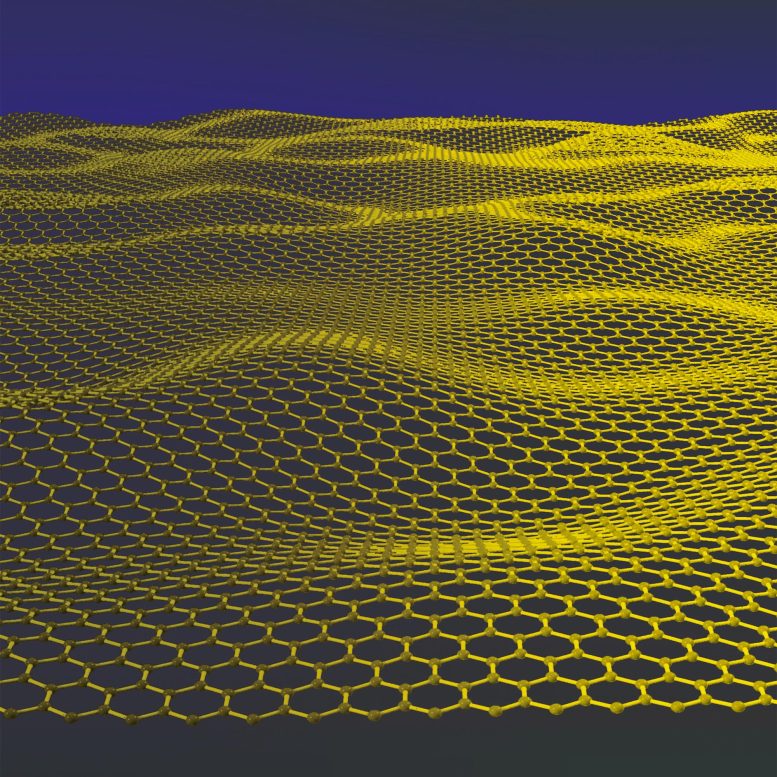


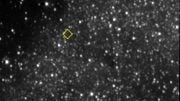
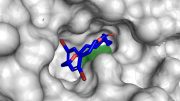
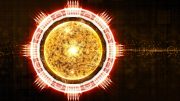
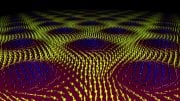
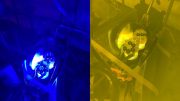
line space suits, clothes, and capsule for the trip to Mars? But, that still doesn’t take care of ‘Cabin Fever’.